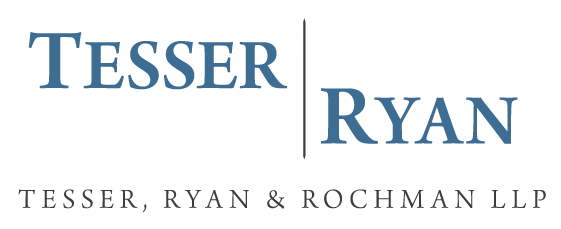District Court Denies Intervenor’s Request to be Designated Lead Plaintiff in Securities Suit
By Lewis Tesser, Partner, and Timothy Nolen, Associate, of Tesser, Ryan & Rochman, LLP
A recent decision out of the Eastern District of New York addressed the timing of designating a new lead plaintiff under the Private Securities Litigation Reform Act (PSLRA). The litigation concerned issues of business law, securities law, civil practice and statutory interpretation.
The case, Endress v. Gentiva Health Services, Inc., 2011 U.S. Dist. LEXIS 77861, No. 10-CV-5064 (E.D.N.Y. July 19, 2011), concerned the Minneapolis Police Relief Association’s (“MPRA”) motion to intervene and be named as lead plaintiff in a class action suit already filed by a sole individual. The individual who had filed the suit had informed the Court that he would drop out of the suit once the MPRA had intervened. Although Justice Spatt allowed the intervention, he did not allow the MPRA to be named as lead plaintiff. The Court noted that, under the MPRA, a lead plaintiff must either file the original complaint or move to be appointed as lead plaintiff within 60 days of the original filing. The MPRA had done neither. The Court, however, noted that in some cases other courts have appointed new lead plaintiffs after 60 days when the lead plaintiff withdrew. However, since the individual who was originally named as lead plaintiff had not yet withdrawn, the Court would not appoint the MPRA as lead plaintiff.
Endress is an interesting example of how procedural formalities can effect business and securities litigation: although it was likely—if not certain—that the lead plaintiff would withdraw from the securities action, the Court still would not appoint the interventor as lead plaintiff.
At Tesser, Ryan & Rochman, our experience handling complex business and commercial litigation helps us anticipate procedural issues and prepare accordingly to avoid unnecessary expense and delay.
